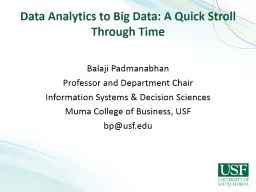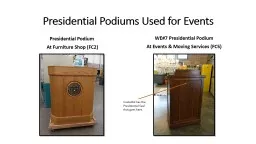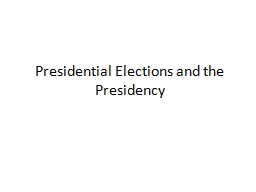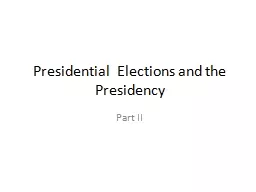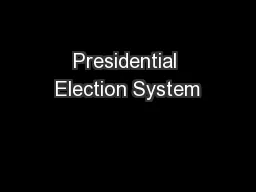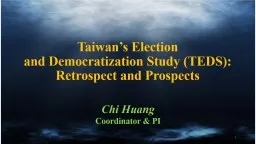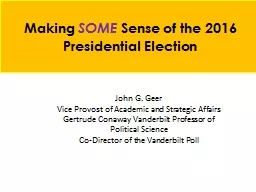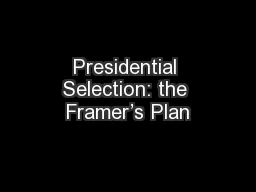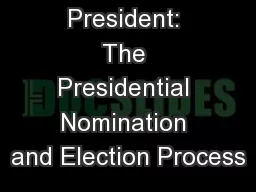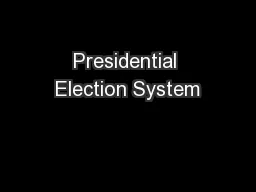PPT-Does Television Viewership Predict Presidential Election Ou
Author : myesha-ticknor | Published Date : 2016-03-12
Arash Barfar amp Balaji Padmanabhan Information Systems amp Decision Sciences ISDS Department Muma College of Business University of South Florida bpusfedu and
Presentation Embed Code
Download Presentation
Download Presentation The PPT/PDF document "Does Television Viewership Predict Presi..." is the property of its rightful owner. Permission is granted to download and print the materials on this website for personal, non-commercial use only, and to display it on your personal computer provided you do not modify the materials and that you retain all copyright notices contained in the materials. By downloading content from our website, you accept the terms of this agreement.
Does Television Viewership Predict Presidential Election Ou: Transcript
Download Rules Of Document
"Does Television Viewership Predict Presidential Election Ou"The content belongs to its owner. You may download and print it for personal use, without modification, and keep all copyright notices. By downloading, you agree to these terms.
Related Documents

